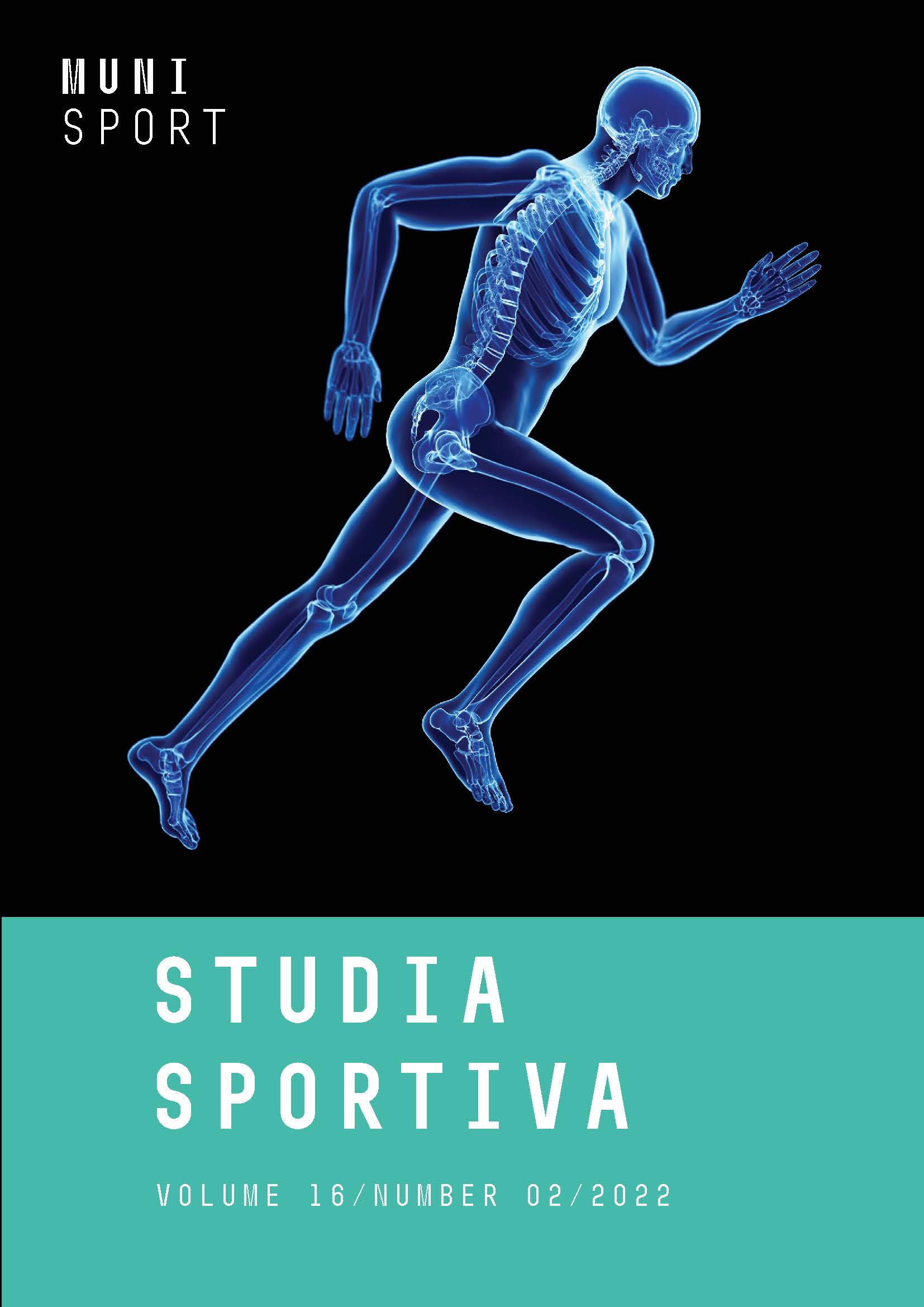Construction and Validation of Newly Developed Triangle Test of Reactive Agility in School Children
Construction and Validation of Newly Developed Triangle Test of Reactive Agility in School Children
Author(s): Vladimir PavlinovićSubject(s): Sports Studies
Published by: Masarykova univerzita nakladatelství
Keywords: non-planned agility; metric characteristics; pubescents; gender
Summary/Abstract: PURPOSE: Agility is described as a rapid whole-body movement with change of velocity or direction in response to the different stimuli. Scientific research identified two independent types of agility performances: pre-planned agility (CODS) and non-planned agility (RAG). CODS represent generic movement patterns. They can mimic the demands of a sport but all of the movements are pre-planned. In CODS there is no response to a stimulus like in RAG where movements are in response to cues such as the movements of the ball or actions of the opposition players. Literature review show lack of studies that assessed CODS and RAG in children, most probably due insufficiency in quality testing protocols. Hence, the purpose of this study was construction and validation of newly developed agility test that measures RAG performances in children. METHODS: For this purpose, the Blaze Pod system (BP) was used. Three lighting pods were mounted on three 50 cm cones in triangle formation with 4,5 meters distance between cones (TRGA). Results were collected via BP app. Four movement patterns were used to test RAG. Start and finish of the tests were conducted with the tap on BP pods. The sample comprised of 80 elementary school children (boys; n=39, age=14.88±0.36 yrs, height=174,3±7,46 cm, mass 67,86±16,78 kg, and girls; n=41, age=14.85±0.31 yrs, height=167.49±5.72 cm, mass=59.34±10.54 kg). Statistical analysis included calculation of normality of distribution, reliability coefficients, correlations and analysis of variance. RESULTS: Tests showed acceptable reliability with CA=0.58, ICC=0.32 for boys and CA=0.78, ICC=0.55 for girls. Inter-item correlations were higher in girls’ sample (r=0.49-0.64) than in boys (r=0.27-0.41). Also, test showed good sensitivity, normal data distribution and good homogeneity with no differences between items (boys; F=0.07, p=0.93; girls; F=0.13, p=0.88). Better reliability of TRAG test for girls is most probably caused by gender morphological differences. Namely, we observed greater standard deviations (SD) of height (BH) and mass (BM) in boys (boys; BH=7.37, BM=16.97; girls; BH=5.68, BM=9.7) and scientific research confirmed negative influence of BM and BH on reactive agility performance. CONCLUSION: Altogether, newly constructed TRGA test seems to be reliable instrument for measuring reactive agility in pubescent boys and girls.
Journal: Studia sportiva
- Issue Year: 16/2022
- Issue No: 2
- Page Range: 127-133
- Page Count: 6
- Language: English

